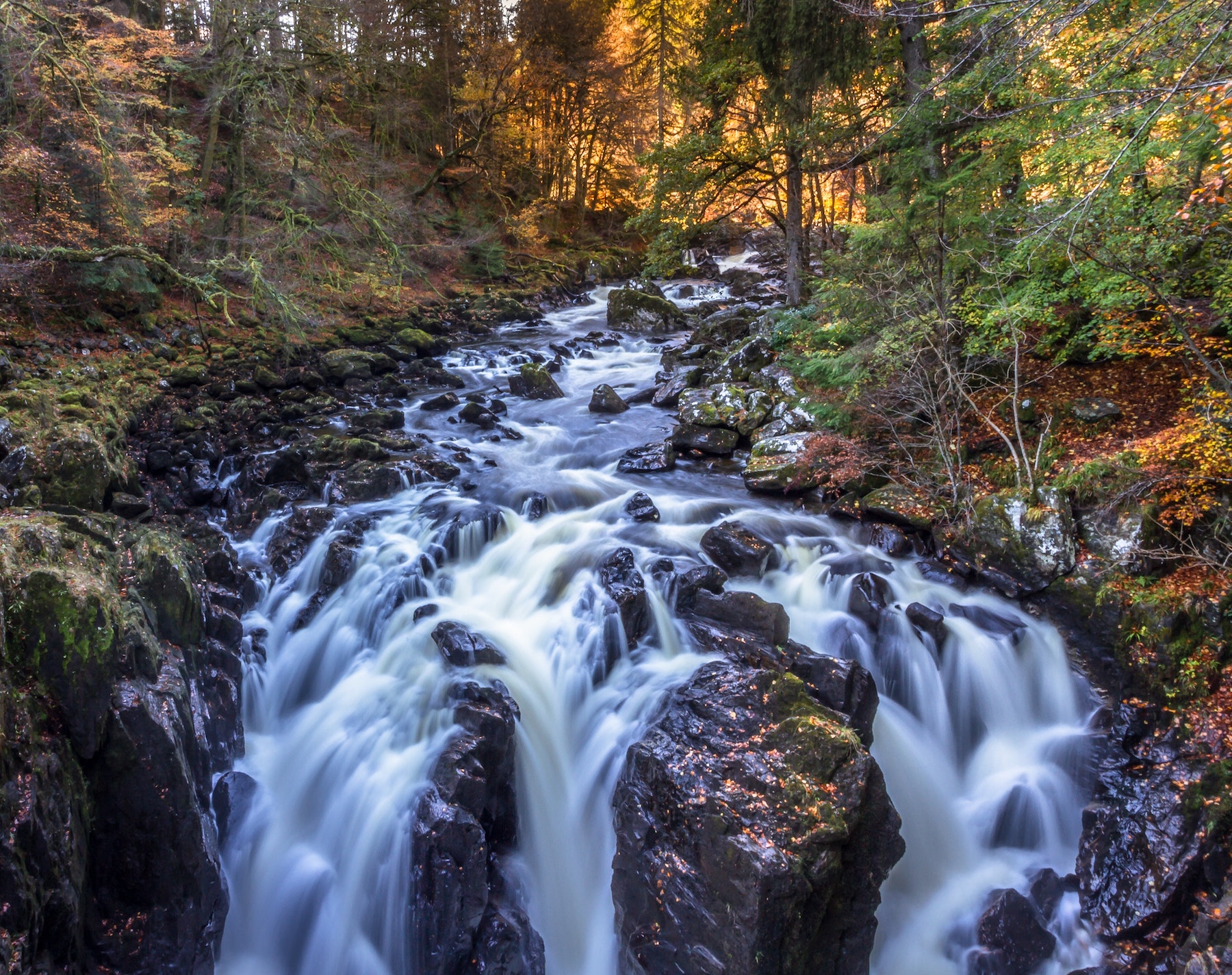Tequesta Notes
a citizens' initiative
please share with friends

leaf litter purifies water before it runs into rivers
Tuesday, July 6, 2021
Purify Water & Prevent Floods
With Native Trees
An interesting article from Penn State, A Green Solution To Stormwater Management, discusses how more native trees would keep our waterways cleaner and prevent flooding during intense rainfall.
1) Native trees (and their leaf covers) purify polluted water before it reaches the waterways and poisons aquatic life:
"When it rains in urban and suburban areas, rainwater washes pollutants such as nutrients, chemicals, and heavy metals off impervious surfaces, lawns, or bare soils into storm drains that lead to streams and rivers. With increased amount of impervious surfaces, larger quantities of rainwater reach the streams quickly causing flash flooding, stream bank scouring, and sedimentation of stream beds." Id.
"Trees are very good at removing and using nitrates, phosphates, and other nutrients and contaminates such as heavy metals, pesticides, solvents, oils, and hydrocarbons from the soil and water. This process is called phytoremediation. In one study, a single maple growing road-side, removed 60 mg of cadmium, 140 mg of chromium, 820 mg of nickel, and 5200 mg of lead in a single growing season, storing those pollutants in its wood." Id.
"Riparian forest buffers filter sediments from streams during storm events, remove nitrogen and phosphorus leached from adjacent lands, provide stability to stream banks, shade and modify stream temperatures, provide aquatic and wildlife habitat for many species, reduce stream velocity, and reduce downstream flooding." Id.
2) Native trees retain huge volumes of storm water and enable it to filter in place thereby relieving pressure from the drainage systems during intense rainfall.
"A great deal of research by the USDA Forest Service and others has shown that trees and forests reduce stormwater runoff and pollution in several ways." Id.
"Trees work like large umbrellas intercepting and evaporating rainfall in their canopies. Average interception by deciduous trees can range from 700 to 1,000 gallons of rain water annually, while an evergreen can intercept more than 4,000 gallons." Id.
"A recent [in 2014] USDA Forest Service study found that New York City's street trees reduced stormwater runoff by 890.6 million gallons annually, with a value of $35.6 million in stormwater management costs. The average street tree in New York City intercepted 1,432 gallons of rainfall annually." Id.
"Trees and forests provide for infiltration of rain into the soil to recharge groundwater. In the soil, rainwater is filtered and slowly moves to streams as subsurface flows." Id.
In addition to providing these great benefits, native trees also are very effective at cooling urban spaces, especially in contrast to pavement and asphalt.
"Trees absorb and use tremendous amounts of water for photosynthesis and growth, moving it from the roots back into the atmosphere through leaf evapotranspiration. A single mature oak tree can transpire over 40,000 gallons of water per year. The cooling of air through evapotranspiration modifies summer temperatures in places surrounding trees. Hydrologic studies in Pennsylvania forests show that an average of 60% of rainfall is taken up by trees and transpired back into the atmosphere. When that forest is removed or harvested, evaporation declines while a stream receives additional water each year. The ever increasing conversion of forests to lawns and impervious surfaces (buildings, roads, and parking lots) continues to cause stream bank erosion and flooding that causes millions of dollars in damages." Id.
More Information
On storm water https://www.arborday.org/trees/stormwater.cfm
On forest buffers https://www.chesapeakebay.net/issues/forest_buffers
DIY water filter https://news.mit.edu/2014/need-a-water-filter-peel-a-tree-branch-0226
This website is dedicated to topics important to residents of the Village of Tequesta. If you have information concerning important issues for Tequesta or its government (or corrections or suggestions for anything on this website), please email hello@TequestaNotes.org.
TequestaNotes.org